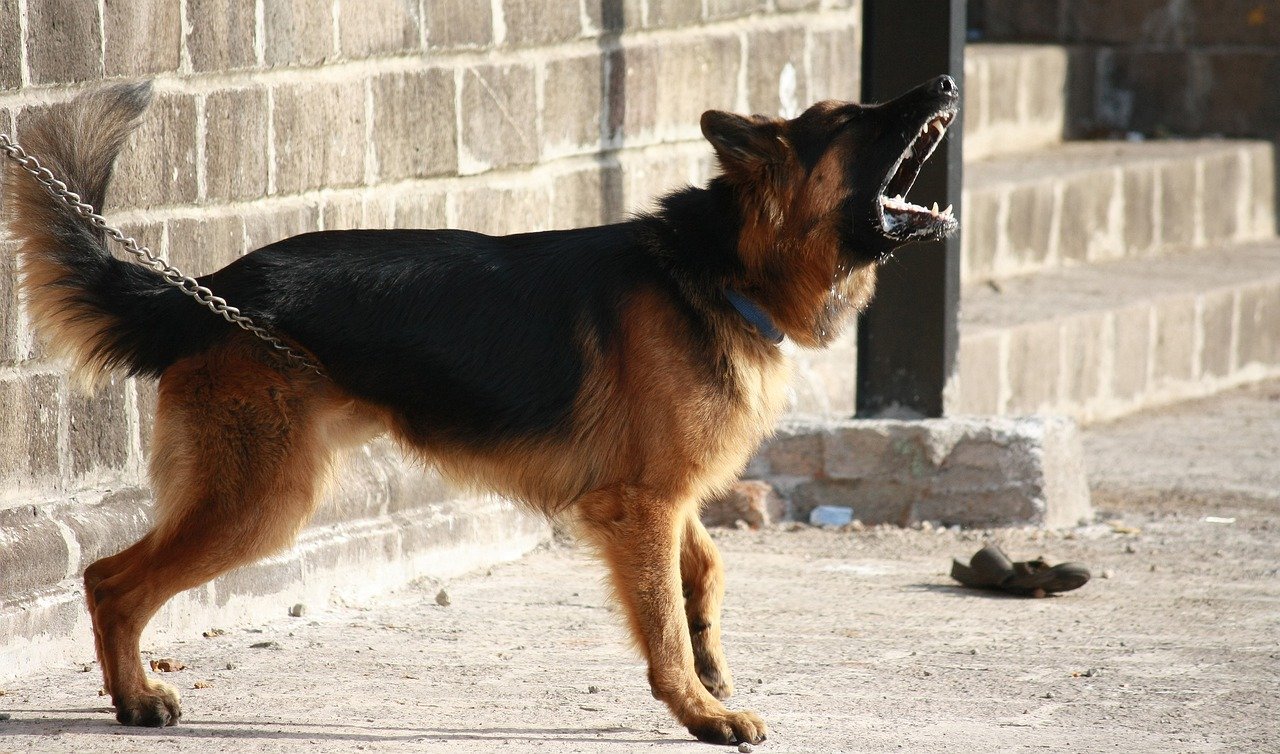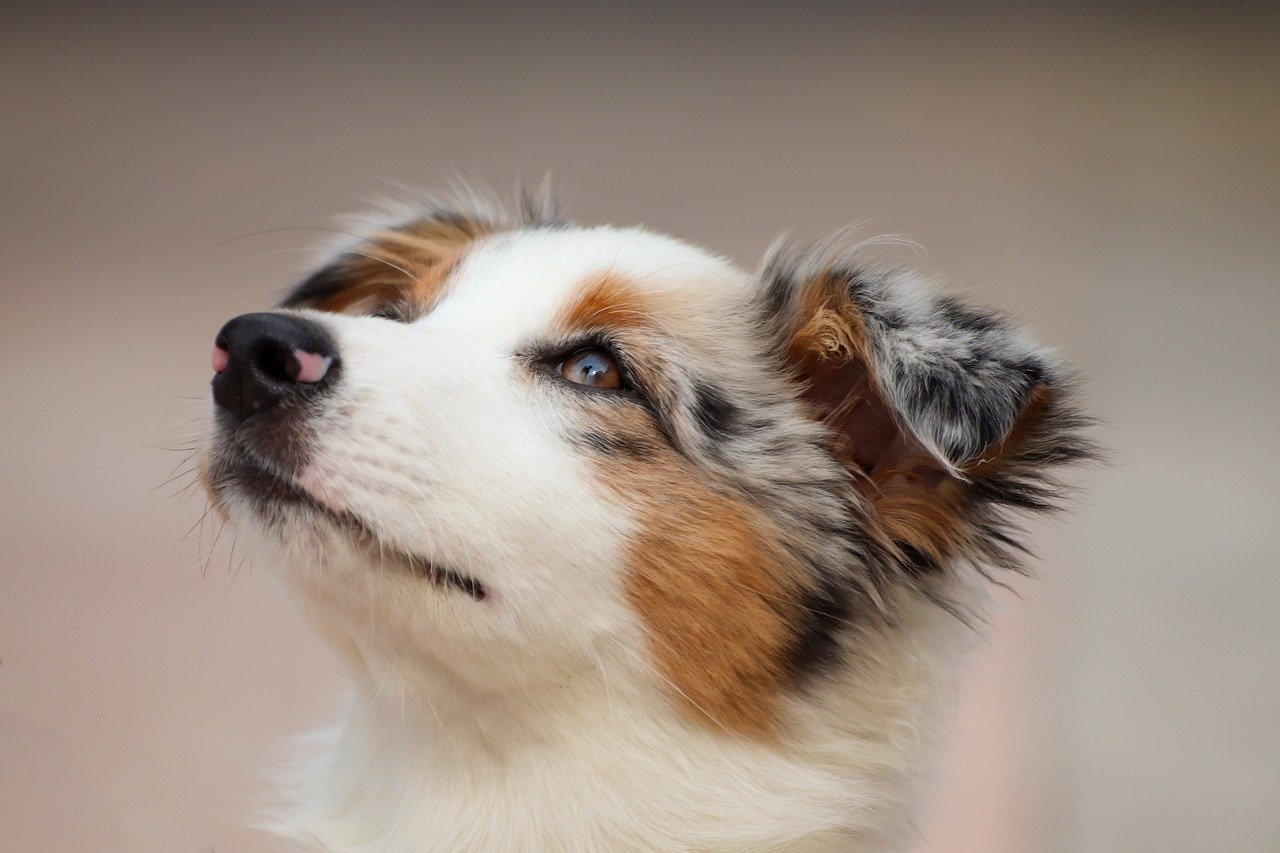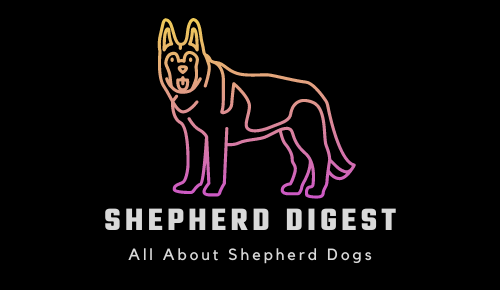In a recent study of British dogs, researchers found that small dogs with prominent noses tend to live longer than larger dogs with flattened faces. The study, which analyzed data from nearly 600,000 dogs of over 150 breeds, revealed that breed size and snout shape can have a significant impact on lifespan. While the findings may not apply to dogs outside of Britain, they provide insight into the factors that contribute to breed longevity. Interestingly, the study did not specifically mention where the shepherd breeds ranked on the list, but it acknowledged that further research is needed to understand why certain breeds have shorter lifespans. This study, conducted by Dogs Trust, a dog welfare charity in Britain, offers an opportunity to improve the lives of our furry companions. Source: The New York Times.
Breed Longevity: Where Do the Shepherd Breeds Stand?

This image is property of static01.nyt.com.
Introduction
When it comes to our furry friends, one question that often comes to mind is how long they will be with us. We want our dogs to live long, healthy lives, and it’s natural to wonder if certain breeds have a better chance at longevity than others. In this article, we will explore the topic of breed longevity, specifically focusing on the shepherd breeds. By examining study findings and considering multiple factors that could influence lifespan, we aim to provide a comprehensive understanding of where shepherd breeds stand in terms of longevity.
Background Information
A recent study conducted on nearly 600,000 British dogs from over 150 breeds shed light on the average lifespan of different dog breeds. The study found that large breeds and breeds with flattened faces tend to have shorter lifespans compared to smaller dogs and those with elongated snouts. Female dogs also lived slightly longer than males. These findings were published in the journal Scientific Reports.
Study Findings
According to the study, shepherd breeds rank among the breeds with medium to longer lifespans. While they may not be at the very top of the list, shepherd breeds tend to have a respectable lifespan compared to other breeds. This is promising news for owners of shepherd breeds who want their pets to enjoy a good number of healthy years.The Australian Cattle Dog enjoys a robust average of 14 years, the Belgian Tervuren clocks in at 13.8, and the Australian Shepherd is close behind at 13.7. (On a personal note, our Australian Shepherd Mix, Kaleen, lived to the ripe old age of 17.)
Breeds with Longer Lifespans
Some of the breeds that topped the list for longer lifespans include the Lancashire Heeler, Tibetan Spaniel, Bolognese, Shiba Inu, and Papillon. These breeds are known for their smaller size and elongated snouts, which could be contributing factors to their increased longevity.

This image is property of pixabay.com.
Breeds with Shorter Lifespans
On the other end of the spectrum, certain breeds were found to have shorter lifespans. The Bulldog and French Bulldog, both breeds with flat faces, ranked among the breeds with the shortest lifespans. This highlights the importance of breed-specific factors in determining lifespan.
Possible Factors Influencing Lifespan
While the study provided valuable insights into breed longevity, it is important to consider that there are multiple factors that could influence a dog’s lifespan. It is not solely determined by breed genetics but also by various other factors.

This image is property of pixabay.com.
Genetic Predisposition to Health Problems
Some breeds have genetic predispositions to certain health problems, which can significantly impact their lifespan. For example, certain shepherd breeds may be prone to hip dysplasia or other orthopedic conditions. It is crucial for owners of shepherd breeds to be aware of these potential health issues and take appropriate measures to manage them.
Differences in Behavior and Lifestyle
Behavior and lifestyle differences can also play a role in a dog’s lifespan. Active breeds that are regularly engaged in physical exercise and mental stimulation tend to lead longer, healthier lives. On the other hand, breeds with sedentary lifestyles or those predisposed to obesity may be at a higher risk of health problems and shorter lifespans.

This image is property of pixabay.com.
Diet and Environmental Factors
Proper nutrition and a healthy environment are crucial for promoting longevity in dogs. Providing a balanced diet and ensuring a safe, clean living environment can greatly contribute to a dog’s overall health and lifespan. Additionally, factors such as exposure to toxins, pollution, and second-hand smoke can negatively impact a dog’s health and potentially shorten their lifespan.
The Need for Further Research
While the study on breed longevity provides valuable insights, it is important to acknowledge that breed-specific factors are not the sole determinants of a dog’s lifespan. Further research is needed to understand the complex interplay between genetics, behavior, lifestyle, diet, and environmental factors. By delving deeper into these aspects, we can gain a more comprehensive understanding of how to improve the lives and longevity of all dog breeds, including shepherd breeds.

Conclusion
In conclusion, when it comes to breed longevity, shepherd breeds generally fall within the category of medium to longer lifespan breeds. While they may not be among the top breeds for longevity, they have respectable lifespans compared to other breeds. It is important to consider that factors such as genetic predisposition to health problems, behavior, lifestyle, diet, and environmental factors all play a role in a dog’s lifespan. By being aware of these factors and taking appropriate measures, we can help our shepherd breeds live long, happy, and healthy lives. Further research is necessary to deepen our understanding and continue improving the lives of all dog breeds.

